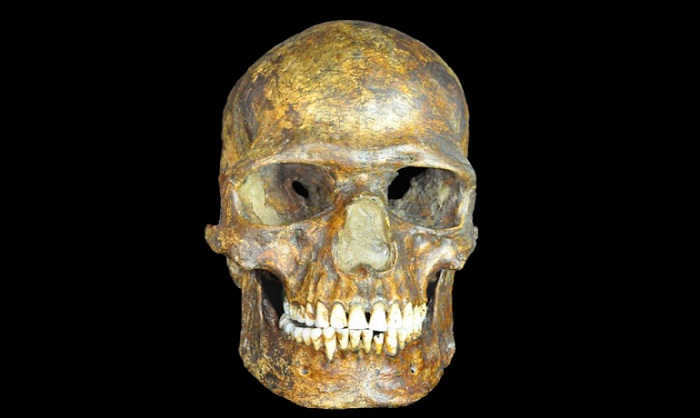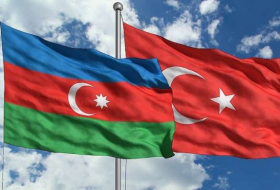The complete genome of Kostenki 14, an individual who died more than 36,000 years ago at the site of Kostenki in western-most Russia, suggests that once people had dispersed beyond the African homeland into Eurasia, they separated early into at least three populations. Their descendants would develop unique features that shape the core of the diversity of non-African peoples.
Since then, despite major fluctuations in climate, one of these groups—Paleolithic Europeans—persisted as a population intertwined by moments of expansion and contact until the arrival of farmers from the Middle East in the last 8,000 years, with whom they mixed extensively.
“What we can see from Kostenki and other ancient genomes is that for 30,000 years there was a single meta-population in Europe,” says Eske Willerslev of the University of Copenhagen.
“The Paleolithic hunter-gatherer groups split up, mixed, had sex, dispersed, and changed, but through ancient genomes, we can trace the genetic thread of their shared ancestry.”
Two very different paths
Published in the journal Science, the findings are significant on several levels, says Ted Goebel of the Center for the Study of First Americans at Texas A&M University.
“First, we now know unequivocally that the major ancestral population of today’s Europeans was in place by 36,000 years ago, while later migrations into Europe were by comparison less significant,” he says.
Second, we know that the split between European and East Asian populations occurred by this time, demonstrating that the two regions were colonized by moderns out of Africa almost simultaneously, following two very different paths.
“And third, we have further evidence that early Europeans and Neanderthals intermixed. Our findings suggest the intermixing occurred about 60,000 years ago, 10,000 years earlier than previously believed. Our new findings suggest the mixing occurred very early in the spread of modern humans out of Africa, possibly as moderns were first migrating into the Near East, not as they were migrating into Europe.”
Early native Americans
The findings support Goebel’s doctoral dissertation completed about 20 years ago—that modern humans spread out of Africa around 50,000-60,000 years ago, and from the Near East they dispersed into two different directions, with some heading north and west to Europe, and others heading north and east to central Asia and Siberia.
“Also, this lineage of moderns eventually contributed a major component of their DNA to the ancestors of early Native Americans,” Goebel says.
“By mapping these Ice Age genomes one at a time, as my colleagues at the University of Copenhagen are doing with the Kostenki 14 human, we are building a new story for the origins and spread of our species across the globe—one step at a time, just like our early ancestors as they explored the world’s varied environments, often for the first time.”
Researchers from University of California, Berkeley; Cambridge University; University of California, San Francisco; and Peter the Great Museum in Russia contributed to the study.
More about:
















































